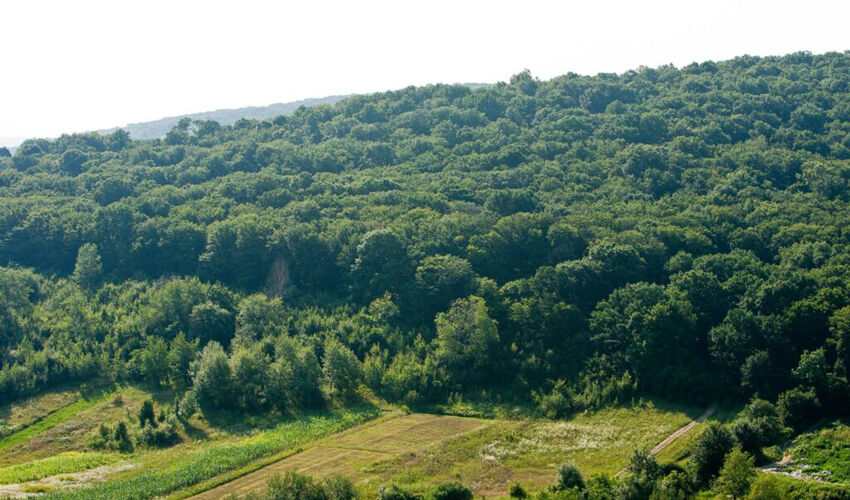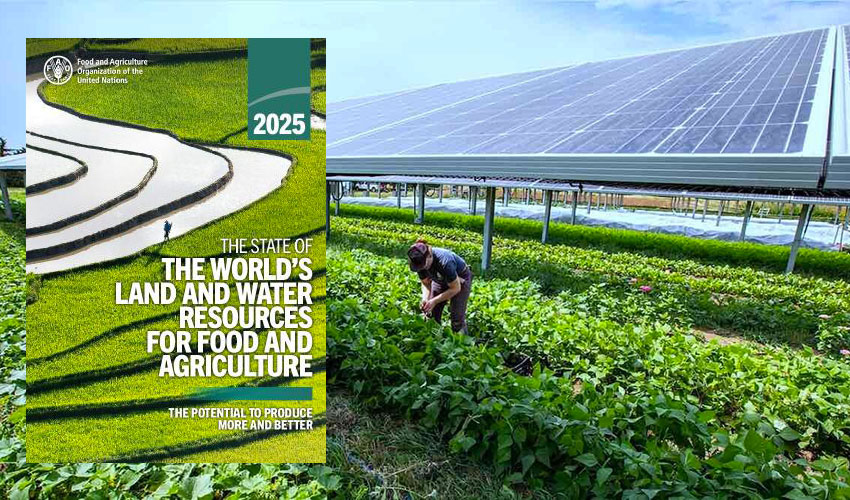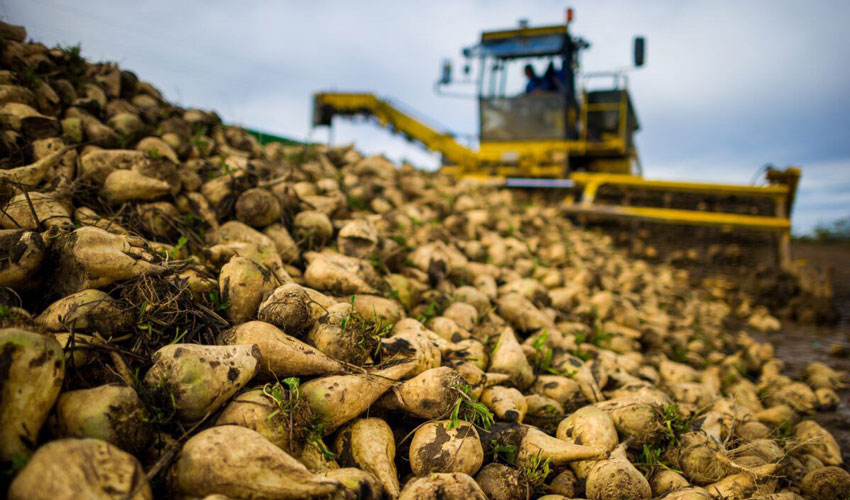
Such data are contained in the FAO (Food and Agriculture Organization of the United Nations) study “Global Forest Resources Assessment 2025”. It classifies the Republic of Moldova as an area with a “small positive change” in the net gain/loss ratio of forests. For comparison, in the Black Sea region, Bulgaria has an afforestation rate of about 35%, Romania 19%, and Ukraine just under 16%.
Globally, the study notes that the annual rate of net forest loss has decreased from 10.7 million hectares per year in 1990-2000 to 4.12 million hectares per year in 2015-2025.
This trend was the result of reduced deforestation in some countries and forest expansion in others. According to FAO’s findings, the rate of global deforestation remains generally high but is slowing, “which is encouraging.”
As part of the study, authoritative representatives from 91 nations and territories said they are committed to restoring 190 million hectares of degraded forests in the near future – “a huge step in the right direction,” says FAO Director-General Qiu Dongyu.
The total area of forests on the planet is 4.14 billion hectares – nearly a third (32%) of the world’s land area, or 0.50 hectares per capita. The majority of the world’s forests (45%) are located in the tropical belt, followed by the boreal, temperate and subtropical belts.
Regionally, Europe has the largest forest area, with 25% of the world’s forest area. South America ranks first in the world in terms of the proportion of land area occupied by forests, with 49% of the continent’s land area covered by forests. More than half (54%) of the world’s forests are found in just five countries – the Russian Federation, Brazil, Canada, the United States and China (in descending order of area).
In Asia, forest area increased between 1990 and 2025, but has slowed in the last decade. Europe and (to a lesser extent) North and Central America also experienced increases in forest area over the 35-year period. Whereas in Africa and South America, forest area has declined significantly since 1990, but the rate of forest loss has slowed in both regions of the world between 2015 and 2025.













